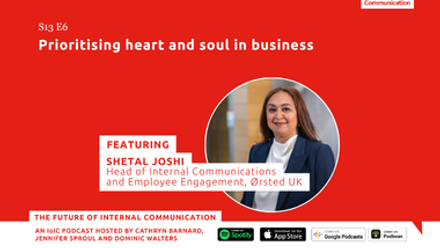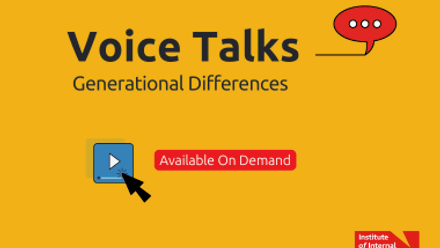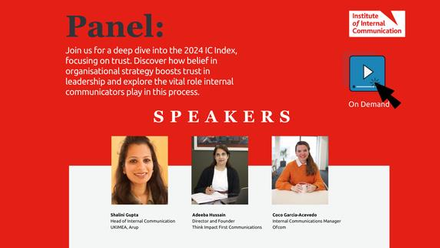Here's an experience most communicators will recognise.
A colleague or a client asks you for help on a project. They're super excited about it, but after a dense 60 minute briefing you have no idea how you're going to explain what they're doing – let alone get anyone interested in it!
But they're adamant, that their amazing, life changing project definitely needs an all-staff email from the CEO, a front page splash on the intranet and a month-long Yammer campaign. What's worse – your boss has promised that you'll help (just as long as you keep the project off email, the intranet or Yammer!).
You're not alone.
Let's face it, quite a few important corporate initiatives are actually quite dull. It's hard to whip up enthusiasm outside the finance team for the reorganisation of accounting processes; and heaven knows who'd be all that interested in the new quality regime that requires you to have taken a crash course in Japanese business jargon to understand.
To make life more challenging, your typical internal customer is often so wrapped up in their project that they've long since forgotten how real colleagues think or how little they understand about their special world.
As communicators, our job is to take their project and present it in ways that the average person without a Phd in corporate obscurity gets. It's what we do.
The problem is that most people don't really care that much about many things - even though we do love to drown them under an avalanche of information and exhortations in the workplace. Our colleagues protect themselves from this assault by simply ignoring the bulk of what we sling at them.
Yet, as every teacher knows, when a student asks at the start of a class, whether something will be in the exam, humans are more likely to pay attention if they think the information coming their way needs to be acted upon.
A fire alarm says "Get outside now (and stand around outside wondering why you've never seen half your colleagues before)". An email that says your security pass won't work until you have updated your photo is more likely to get read and a Yammer message about an office move will get noticed if it includes links to instructions for boxing up your stuff.
It's a lesson that most of us have learnt after years of wading through corporate sludge. To explain something complicated or new, start by asking "What do you want people to do?". Only when you're clear about the behaviours that are needed or the actions to be taken you can delve into the why and the how.
Starting with the behaviour and working backwards into the feel and the know will always help unlock the message you need to land. It cuts through the overkill of information that many non-communicators assume is essential to win compliance and support. And when you focus on the outcome in terms of observable change you quickly start thinking about what will motivate your audience to play ball.
But clarity about the behaviours is not enough. Employees have to see the action as something that matters to them. Putting up posters telling people to go digital or smile at customers only work if colleagues are inclined to explore the joys of Teams or believe customers are worthy of a friendly approach. "Use Yammer" only works as a communication if the platform actually helps people achieve their own goals.
What makes communicators professional is a deep understanding of the audiences they work with. When we know our people better than anyone else, we can add incredible value – and, in turn, be valued for it ourselves.
Some years back, I worked on a campaign to improve quality in the factories of a pharma company. The Director of Quality wanted to put up posters exhorting good practice and hoped that fresh design would have the results that many previous campaigns had not delivered. Yet when we talked to the workers, we discovered that their focus was on getting home early to be with their families.
The company made generic medicines which many people would have had in their homes anyway, so we focused our messaging on what mattered to the workers – their families. At the core of our campaign was the message that by observing quality rules they were protecting their kids, mother and fathers and relations. The campaign idea had real employees talking about their relatives who used the company's products.
By working with the behaviours that mattered to employees – looking after their families – we connected with the results that the Director of Quality wanted – a workforce that followed production processes scrupulously.
Naturally great messaging needs to be creative and skilfully executed. But the copywriter's art draws on a clear brief about the audience and the behaviours you want to drive.
It is my experience that the answers to most problems in internal and change communications can be found by going back to those fundamental questions – what do we know about our audience and what do we want them to do? Understand these and you can start helping those over-enthusiastic colleagues get the results they actually need.







